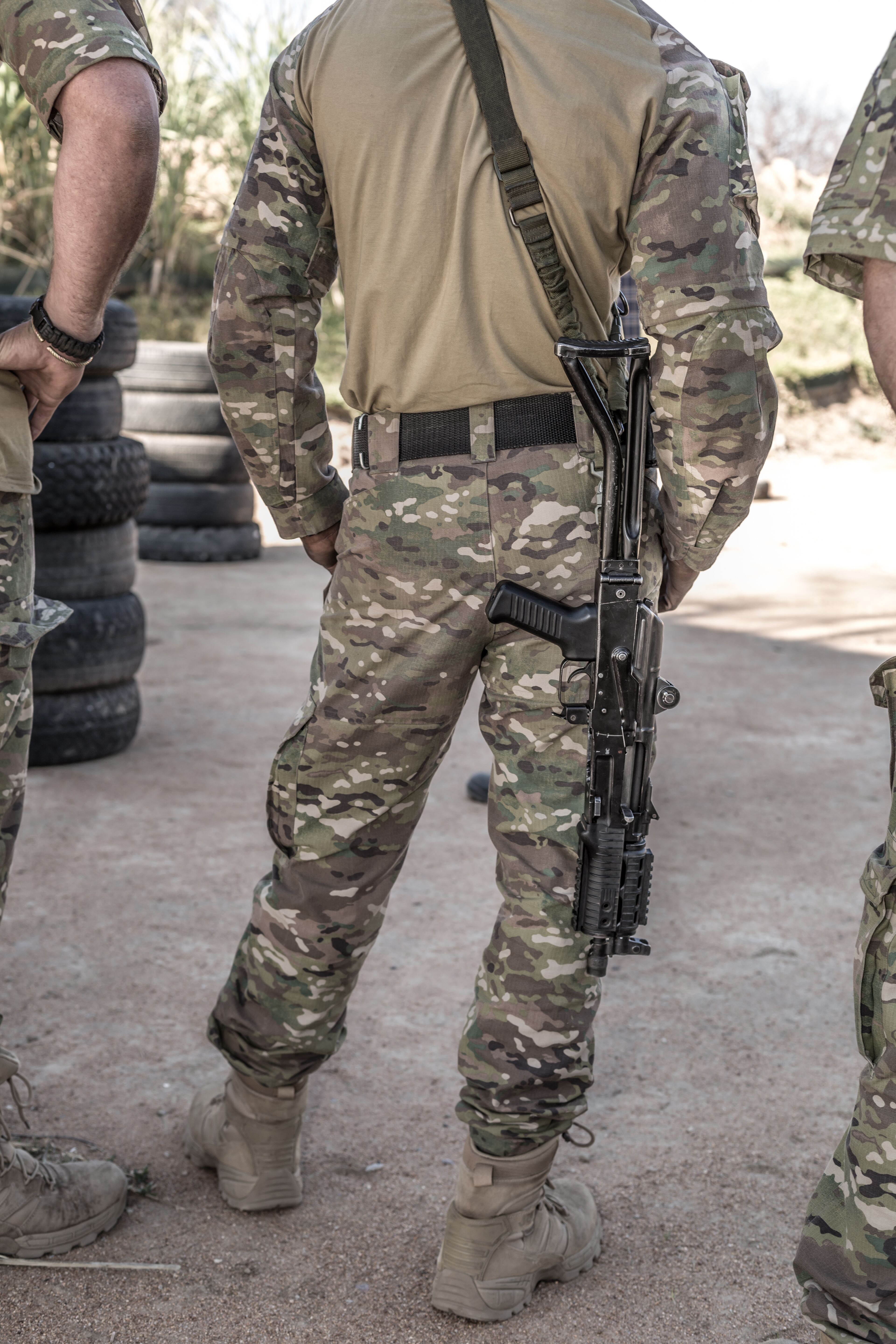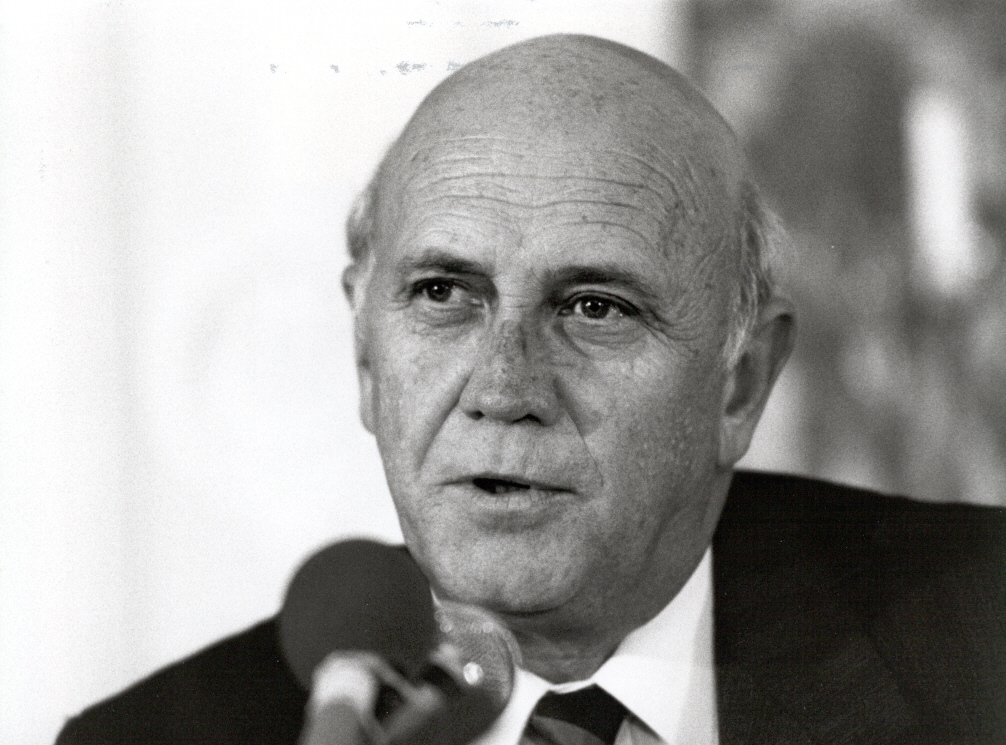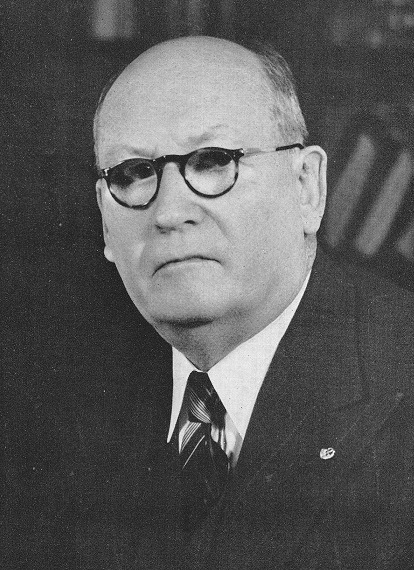|
Military Of Botswana
The Botswana Defence Force (BDF, ) is the military of Botswana. The main component of the BDF is the Botswana Ground Force; there is also an air wing and a riverine patrol contingent attached to the ground forces, with 10 Panther airboats and 2 Boston Whaler Raider class. History At independence in 1966, Botswana made a decision to not establish a standing military and focus instead on development and poverty alleviation, and instead created a small military police force for internal security, However, cross-border incursions by Rhodesian and South African security forces in the mid-1970s led the government to conclude that the country needed a military to protect its sovereignty. The BDF was established by an act of parliament on 15 April 1977.https://oldsite.issafrica.org/uploads/OURSELVESKENOSI.PDF The BDF conducted patrols along the border with Rhodesia in the closing years of the Rhodesian Bush War. Following the end of the war and the independence of Zimbabwe in 19 ... [...More Info...] [...Related Items...] OR: [Wikipedia] [Google] [Baidu] |
Botswana Ground Force
The Botswana Ground Forces is the army of the country of Botswana, and the land component of the Botswana Defence Force. History The Botswana Defence Force was raised in April 1977 by an Act of Parliament called the 'BDF Act NO 13 of 1977. At its formation, Lieutenant General Mompati Merafhe (retired and former Vice President of the Republic of Botswana (now deceased)) became its first Commander. The former President of the Republic of Botswana, Lieutenant General Seretse Khama Ian Khama, then Brigadier, was the Deputy Commander. Unusually for an African military force, and chiefly attributable to its being founded after Botswana's independence, the Botswana Ground Force was not formed from colonial units formed by a colonising power, but rather were formed from the remains of the Botswana Mounted Police Unit, previously known as the Bechuanaland Mounted Police, a unit of the British South Africa Police. The contemporary roles of the Defence Force are broad for a conventional ... [...More Info...] [...Related Items...] OR: [Wikipedia] [Google] [Baidu] |
Boston Whaler
Boston Whaler is an American boat manufacturer. It is a subsidiary of the Brunswick Boat Group, a division of the Brunswick Corporation. Boston Whalers were originally produced in Massachusetts, hence the name, but today are manufactured in Edgewater, Florida. History Richard "Dick" Fisher graduated from Harvard University in 1936. He ran a company building small, lightweight boats out of balsa wood. He designed a rowboat and got the materials to build it, but he never completed it. In the 1950s, polyurethane foam, a stiff, lightweight, buoyant material, was invented. Fisher imagined it as a replacement for the lightweight balsa used in small boat construction, and in 1954 he constructed a small sailing dinghy filled with the foam, with a design similar to the Sunfish. He showed the finished product to his friend, naval architect C. Raymond Hunt. Hunt recognized potential in the process, however he did not feel the design was particularly suited to sailboats. Instead, h ... [...More Info...] [...Related Items...] OR: [Wikipedia] [Google] [Baidu] |
Peacekeeping
Peacekeeping comprises activities, especially military ones, intended to create conditions that favor lasting peace. Research generally finds that peacekeeping reduces civilian and battlefield deaths, as well as reduces the risk of renewed warfare. Within the United Nations (UN) group of nation state governments and organizations, there is a general understanding that at the international level, peacekeepers monitor and observe peace processes in post-conflict areas, and may assist ex-combatants in implementing peace agreement commitments that they have undertaken. Such assistance may come in many forms, including confidence-building measures, power-sharing arrangements, electoral support, strengthening the rule of law, and economic and social development. Accordingly, the UN peacekeepers (often referred to as Blue Berets or Blue Helmets because of their light blue berets or helmets) can include soldiers, police officers, and civilian personnel. The United Nations is ... [...More Info...] [...Related Items...] OR: [Wikipedia] [Google] [Baidu] |
Anti-poaching
Anti-poaching is the organised act to counter the poaching of wildlife. However, it is generally used to describe an overall effort against the illegal wildlife trade. The act of anti-poaching is normally carried out by national parks on public land and by private security companies on privately owned land. Anti-poaching takes many forms and which depends mainly upon the habitat being protected. Typically, it is the act of actively patrolling land in an effort to prevent poachers from reaching the animals. Rangers The most basic level of anti-poaching are the on-site rangers. They are thought of as the first line of defence against the illegal wildlife trade. Rangers typically form squads, usually four men, filling complementary roles. These roles vary depending on the sophistication of the squads. In most situations, rangers are equipped with the bare necessities; a firearm, and a simple uniform. However, in recent times due to the popularity wildlife protection many organisat ... [...More Info...] [...Related Items...] OR: [Wikipedia] [Google] [Baidu] |
End Of Apartheid
The apartheid system in South Africa was ended through a series of bilateral and multi-party negotiations between 1990 and 1993. The negotiations culminated in the passage of a new interim Constitution in 1993, a precursor to the Constitution of 1996; and in South Africa's first non-racial elections in 1994, won by the African National Congress (ANC) liberation movement. Although there had been gestures towards negotiations in the 1970s and 1980s, the process accelerated in 1990, when the government of F. W. de Klerk took a number of unilateral steps towards reform, including releasing Nelson Mandela from prison and unbanning the ANC and other political organisations. In 1990–91, bilateral "talks about talks" between the ANC and the government established the pre-conditions for substantive negotiations, codified in the Groote Schuur Minute and Pretoria Minute. The first multi-party agreement on the desirability of a negotiated settlement was the 1991 National Peace Accord, c ... [...More Info...] [...Related Items...] OR: [Wikipedia] [Google] [Baidu] |
Medu Art Ensemble
Medu Art Ensemble (1979–1985) was a multiracial, Pan-African, and anti-colonial collective of cultural activists based in Gaborone, Botswana during the height of the anti-apartheid resistance movement during the late twentieth century. The collective formed originally in 1979 and was formed to give voice to South Africa’s apartheid policy of racial segregation (1948–1994) and liberation struggles in neighboring countries Angola, Botswana, Mozambique, Namibia, and Zimbabwe. The group was formed after the 1976 Soweto Uprising, when many South African activists were forced into exile. The group was composed of over 60 musicians, performance artists, visual artists, researchers, writers, and poets. Most of the members were South African, but some were from the United States of America, Canada, Cuba, Brazil, Sweden, and Botswana. As a "non-aligned" group, Medu worked with artists from various racial, social, political, and cultural backgrounds. Medu’s members, or “cultural wor ... [...More Info...] [...Related Items...] OR: [Wikipedia] [Google] [Baidu] |
Gaborone
Gaborone ( , , ) is the Capital city, capital and List of cities in Botswana, largest city of Botswana, with a population of 246,325 based on the 2022 census, about 10% of the total population of Botswana. Its metropolitan area is home to 534,842 inhabitants at the 2022 census. Gaborone is situated between Kgale Hill and Oodi Hill, near the confluence of the Notwane River and Segoditshane River in the southeastern corner of Botswana, within from the South African border. The city is served by the Sir Seretse Khama International Airport. It is an administrative district in its own right, but is the capital of the surrounding South-East District (Botswana), South-East District. Locals often refer to the city as ''GC or Motse-Mshate''. The city of Gaborone is named after Chief Gaborone of the Tlokwa people, who once controlled land nearby. Because it was not affiliated with any specific indigenous group and was close to fresh water, the city was New town, planned to be the capi ... [...More Info...] [...Related Items...] OR: [Wikipedia] [Google] [Baidu] |
Raid On Gaborone
The Raid on Gaborone (referred to as "Operation Plecksy" by the then South African Defence Force) took place on 14 June 1985 when South African Defence Force troops, under the order of General Constand Viljoen, crossed into Botswana violating International Law and attacked South African émigrés living in exile in Gaborone. The raid, the fifth South African attack on a neighbouring country since 1981, killed 12 people including women and children; only five of the victims were actual members of the African National Congress (ANC), at the time the main opposition group against the National Party white supremacist minority regime. Background In the 1980s, relations between Botswana and South Africa were strained. Anti-apartheid organisations such as the African National Congress used Botswana and other countries in Southern Africa as refuge. Despite Botswana's non-alignment policy, the South African Defence Force as the military force of the apartheid government conducted se ... [...More Info...] [...Related Items...] OR: [Wikipedia] [Google] [Baidu] |
South African Defence Force
The South African Defence Force (SADF) (Afrikaans: ''Suid-Afrikaanse Weermag'') comprised the armed forces of South Africa from 1957 until 1994. Shortly before the state reconstituted itself as a republic in 1961, the former Union Defence Force was officially succeeded by the SADF, which was established by the Defence Act (No. 44) of 1957. The SADF, in turn, was superseded by the South African National Defence Force in 1994. Mission and structure The SADF was organised to perform a dual mission: to counter possible insurgency in all forms, and to maintain a conventional military arm which could defend the republic's borders, making retaliatory strikes as necessary. As the military expanded during the 1970s, the SADF general staff was organised into six sections—finance, intelligence, logistics, operations, personnel, and planning; uniquely, the South African Medical Service (SAMS) was made co-equal with the South African Army, the South African Navy and the South Africa ... [...More Info...] [...Related Items...] OR: [Wikipedia] [Google] [Baidu] |
Apartheid
Apartheid ( , especially South African English: , ; , ) was a system of institutionalised racial segregation that existed in South Africa and South West Africa (now Namibia) from 1948 to the early 1990s. It was characterised by an authoritarian political culture based on ''baasskap'' ( 'boss-ship' or 'boss-hood'), which ensured that South Africa was dominated politically, socially, and economically by the nation's minority White South Africans, white population. Under this minoritarianism, minoritarian system, white citizens held the highest status, followed by Indian South Africans, Indians, Coloureds and Ethnic groups in South Africa#Black South Africans, black Africans, in that order. The economic legacy and social effects of apartheid continue to the present day, particularly Inequality in post-apartheid South Africa, inequality. Broadly speaking, apartheid was delineated into ''petty apartheid'', which entailed the segregation of public facilities and social ev ... [...More Info...] [...Related Items...] OR: [Wikipedia] [Google] [Baidu] |
Zimbabwe
file:Zimbabwe, relief map.jpg, upright=1.22, Zimbabwe, relief map Zimbabwe, officially the Republic of Zimbabwe, is a landlocked country in Southeast Africa, between the Zambezi and Limpopo Rivers, bordered by South Africa to the south, Botswana to the southwest, Zambia to the north, and Mozambique to the east. The capital and largest city is Harare, and the second largest is Bulawayo. A country of roughly 16.6 million people as per 2024 census, Zimbabwe's largest ethnic group are the Shona people, Shona, who make up 80% of the population, followed by the Northern Ndebele people, Northern Ndebele and other #Demographics, smaller minorities. Zimbabwe has 16 official languages, with English, Shona language, Shona, and Northern Ndebele language, Ndebele the most common. Zimbabwe is a member of the United Nations, the Southern African Development Community, the African Union, and the Common Market for Eastern and Southern Africa. The region was long inhabited by the San people, ... [...More Info...] [...Related Items...] OR: [Wikipedia] [Google] [Baidu] |
Rhodesian Bush War
The Rhodesian Bush War, also known as the Rhodesian Civil War, Second as well as the Zimbabwe War of Independence, was a civil conflict from July 1964 to December 1979 in the List of states with limited recognition, unrecognised country U.D.I. Republic of Rhodesia (later the temporary British colony of Zimbabwe-Rhodesia and now independent Zimbabwe). The conflict pitted three forces against one another: the Rhodesian white minority-led government of Ian Smith (later the Zimbabwe-Rhodesian government of Bishop Abel Muzorewa); and militant African guerillas organisations such as Zimbabwe African National Liberation Army, the military wing of Robert Mugabe's Zimbabwe African National Union; and the Zimbabwe People's Revolutionary Army of Joshua Nkomo's Zimbabwe African People's Union. The war and its subsequent Internal Settlement, signed in 1978 by Smith and Muzorewa, led to the implementation of universal suffrage in June 1979 and the end of Minoritarianism, white minority rule ... [...More Info...] [...Related Items...] OR: [Wikipedia] [Google] [Baidu] |







